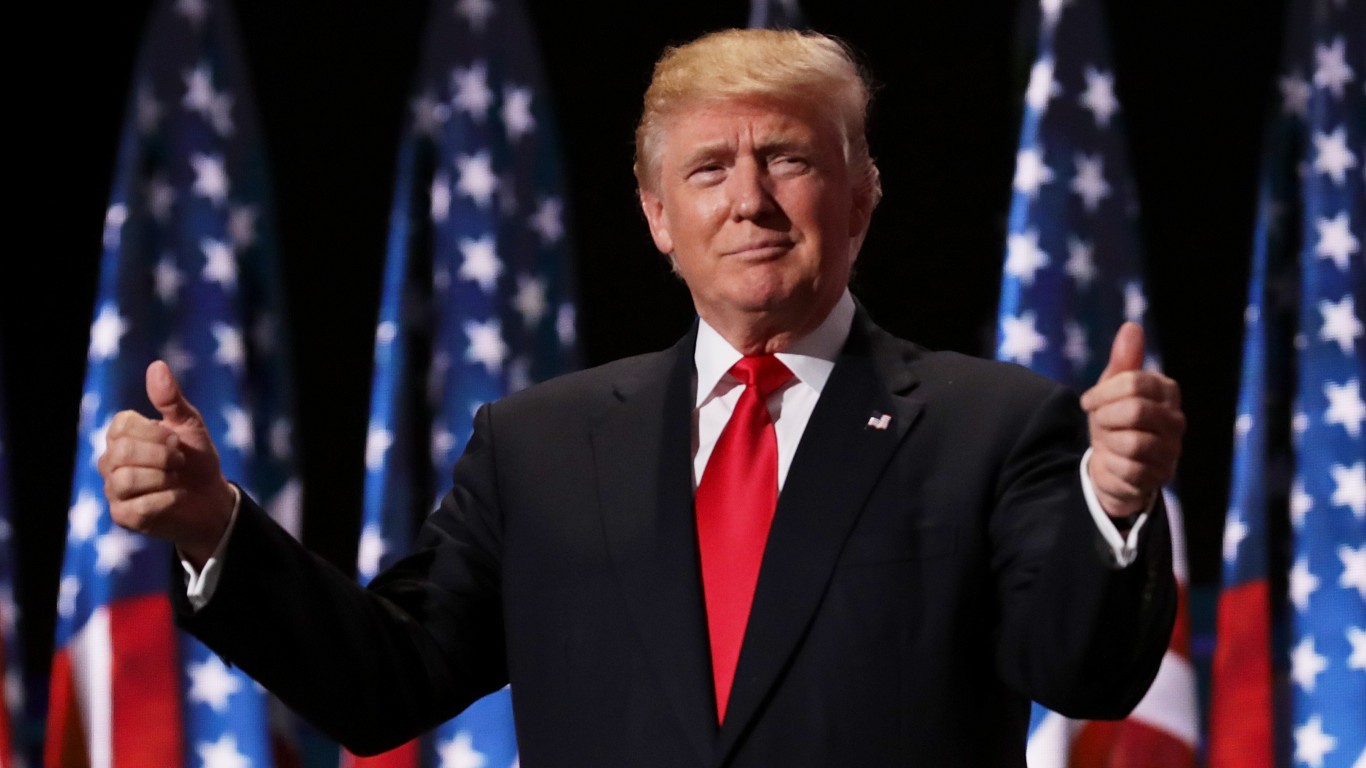
You can learn a lot by watching how corporate insiders handle positions in their own companies. People may sell for many reasons (such as buying a house, paying for college, or estate planning). Yet, they generally buy for only one reason: to make more money.
The chief executive officer is often one of the largest and best-informed shareholders in any company. Let’s see whether Uber Technologies Inc. (NYSE: UBER) CEO Dara Khosrowshahi has been increasing or decreasing his shares over the past year and whether he knows something we don’t.
What You Need to Know About Uber

Uber develops and operates proprietary technology applications in the North America, Latin America, Europe, the Middle East, and elsewhere. It operates through three segments
The Mobility segment connects consumers with a range of transportation modalities, such as ridesharing, carsharing, micromobility, rentals, public transit, taxis, and other modalities. It offers riders in a variety of vehicle types, as well as financial partnerships products and advertising services. (These are the worst city to drive in in each state.)
The Delivery segment allows users to search for and discover restaurants, grocery, alcohol, convenience, and other retails; order a meal or other items; and Uber direct, a white-label delivery-as-a-service for retailers and restaurants, as well as advertising.
The Freight segment manages a transportation and logistics network that connects shippers and carriers in digital marketplace, including carriers upfronts, pricing, and shipment booking. And it provides on-demand platform to automate logistics end-to-end transactions for small-and medium-sized business to global enterprises.
The company was formerly known as Ubercab and changed its name in February 2011. It was founded in 2009 and is headquartered in San Francisco, California. That is also the home of rival Lyft Inc. (NASDAQ: LYFT), as well as the likes of Airbnb Inc. (NASDAQ: ABNB), Levi Strauss & Co. (NYSE: LEVI), SoFi Technologies Inc. (NASDAQ: SOFI), and Wells Fargo & Co. (NYSE: WFC). Khosrowshahi has been Uber’s CEO since 2017.
The company reported almost $35.9 billion in revenue and has a market capitalization of about $163.0 billion. The stock has gained more than 125% in the past year, outperforming the Nasdaq and the S&P 500 in that time. The stock also is up over 27% year to date.
How the CEO of Uber Is Trading

One year ago, Khosrowshahi owned 1.42 million shares, worth almost $37.7 million. On last look, he owned more than 1.32 million shares, which is well less than a 1% stake. Despite that stake being trimmed by less than 105,000 shares, its value jumped by more than 73% to around $65.4 million as the share price increased.
| Shares a Year Ago | Shares Today | % Change |
| 1,420,968 | 1,316,243 | −7.37% |
CEO Dara Khosrowshahi could have sold shares for a variety of reasons, but he hasn’t been especially aggressive about it of late. In fact, he rarely sells shares. That might suggest that he is confident that the stock’s strong performance will continue, and he has certainly profited by it in the past year. Analysts on average are a little more cautious, despite having a consensus recommendation to buy shares. Their mean price target indicates that they currently see only 8% more upside potential for the stock in the next 12 months.
Other shareholders to watch include Yasir Bin Othman H. Al-Rumayyan, the governor of Saudi Arabia’s Public Investment Fund. The value of that stake is about $25.5 million. Former Uber Chief Financial Officer Nelson Chai has a stake worth $19.3 million, while that of Chief People Officer Nikki Krishnamurthy is valued at around $17.0 million.
Thank you for reading! Have some feedback for us?
Contact the 24/7 Wall St. editorial team.





